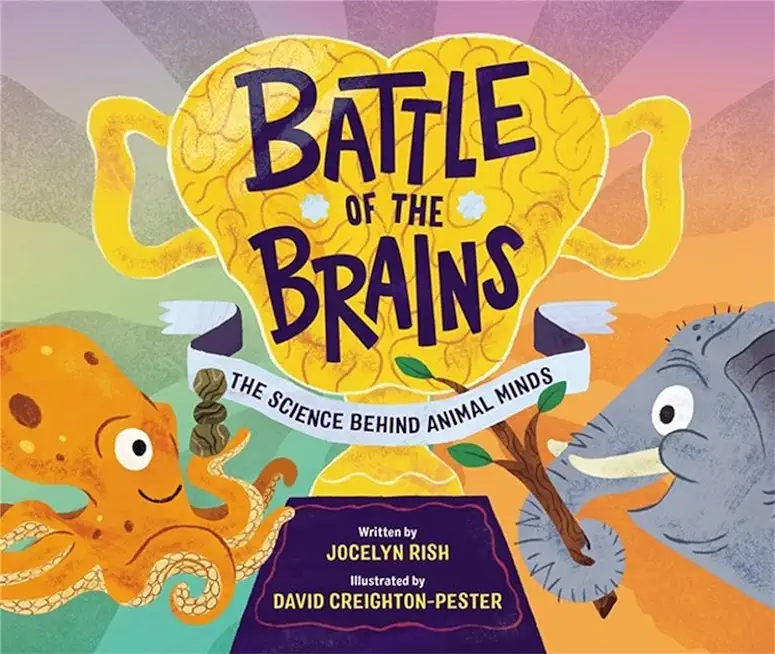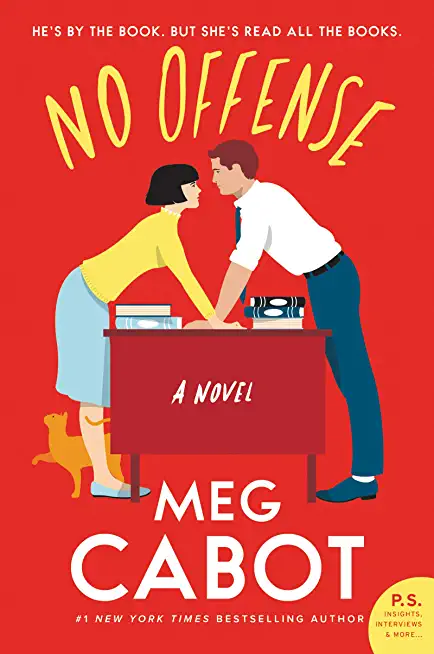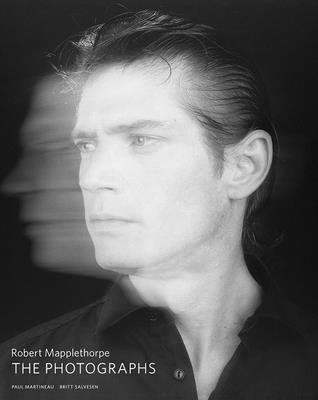
Mitchell, Mark D.
product information
description
e and artistic imagination in public art of the American Renaissance, from the nation's centennial to World War I In an era of sweeping change following the devastation of the Civil War, an ambitious generation of American artists focused on the human figure in civic art. This richly illustrated publication showcases more than one hundred studies related to major commissions for the Boston Public Library, Library of Congress, Pennsylvania State Capitol, and other key civic institutions of the late nineteenth and early twentieth centuries. From intimate pencil sketches and clay maquettes to half-scale oil paintings for massive murals, these compelling expressions of ideas in formation reveal how artists such as Edwin Austin Abbey, Violet Oakley, John Singer Sargent, Augustus Saint-Gaudens, and others shaped their vision, recorded their influences, and developed a visual language that captivated a divided nation. Thematic sections offer discussions of related works, and essays address wider creative and cultural contexts, from the laboring body in an age of expanding industrialization to the relationship between the natural environment, art, and technology. This timely volume reassesses a neglected chapter in American art and shows how artists engaged with the struggles and forces of their time. Distributed for the Yale University Art Gallery Exhibition Schedule: Yale University Art Gallery
(September 6, 2024-January 5, 2025)
(September 6, 2024-January 5, 2025)
member goods
No member items were found under this heading.
Return Policy
All sales are final
Shipping
No special shipping considerations available.
Shipping fees determined at checkout.







